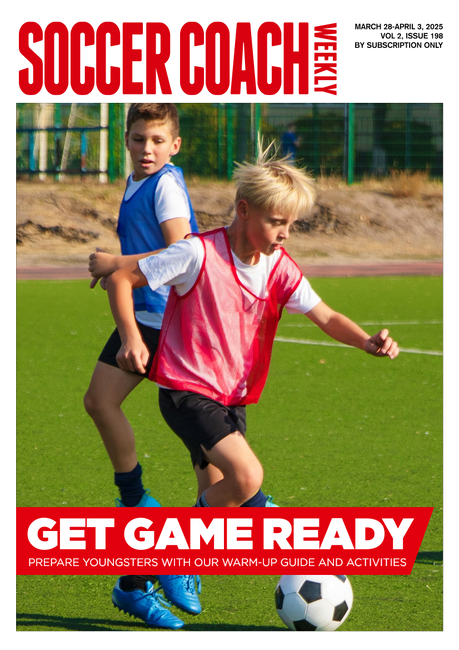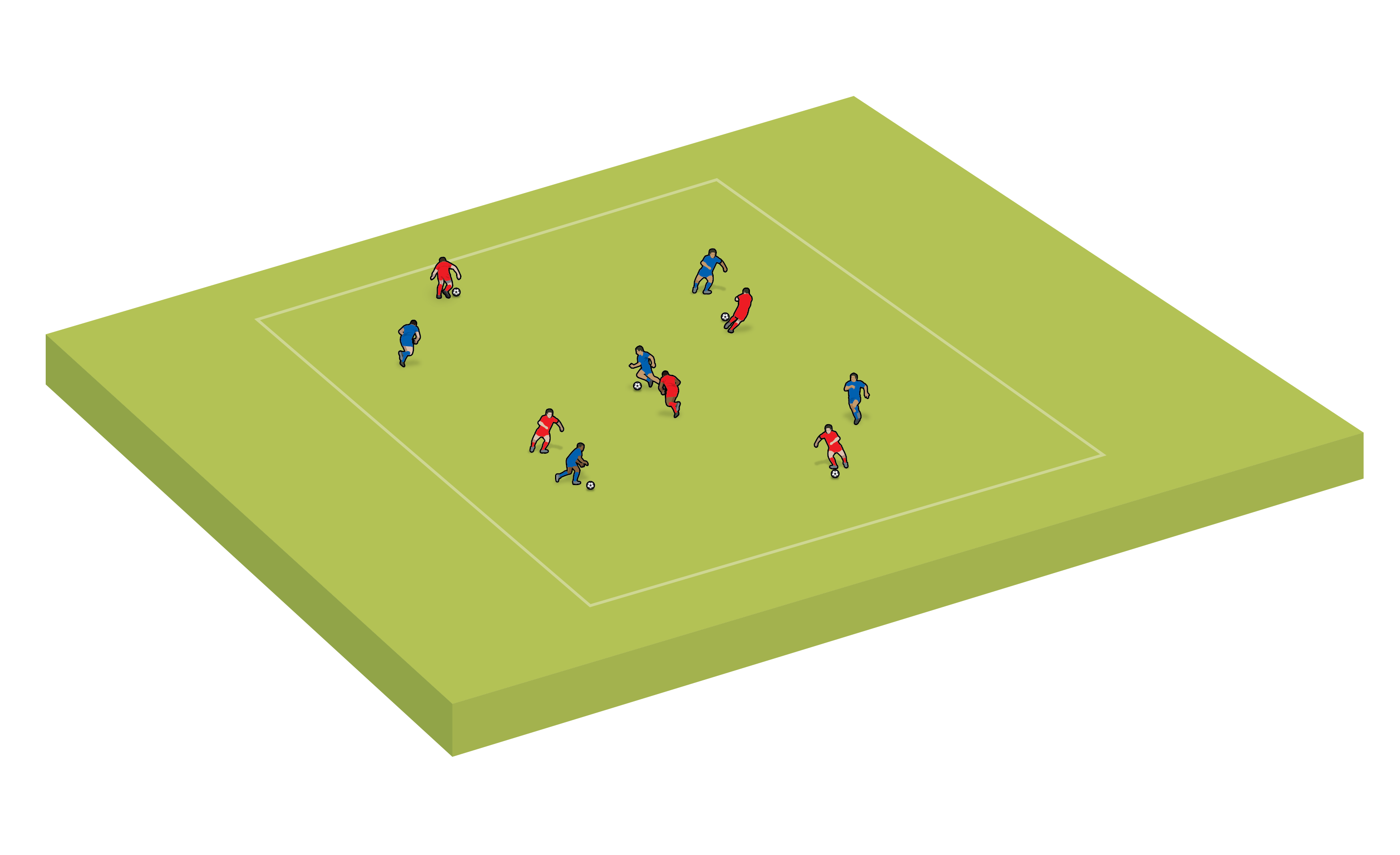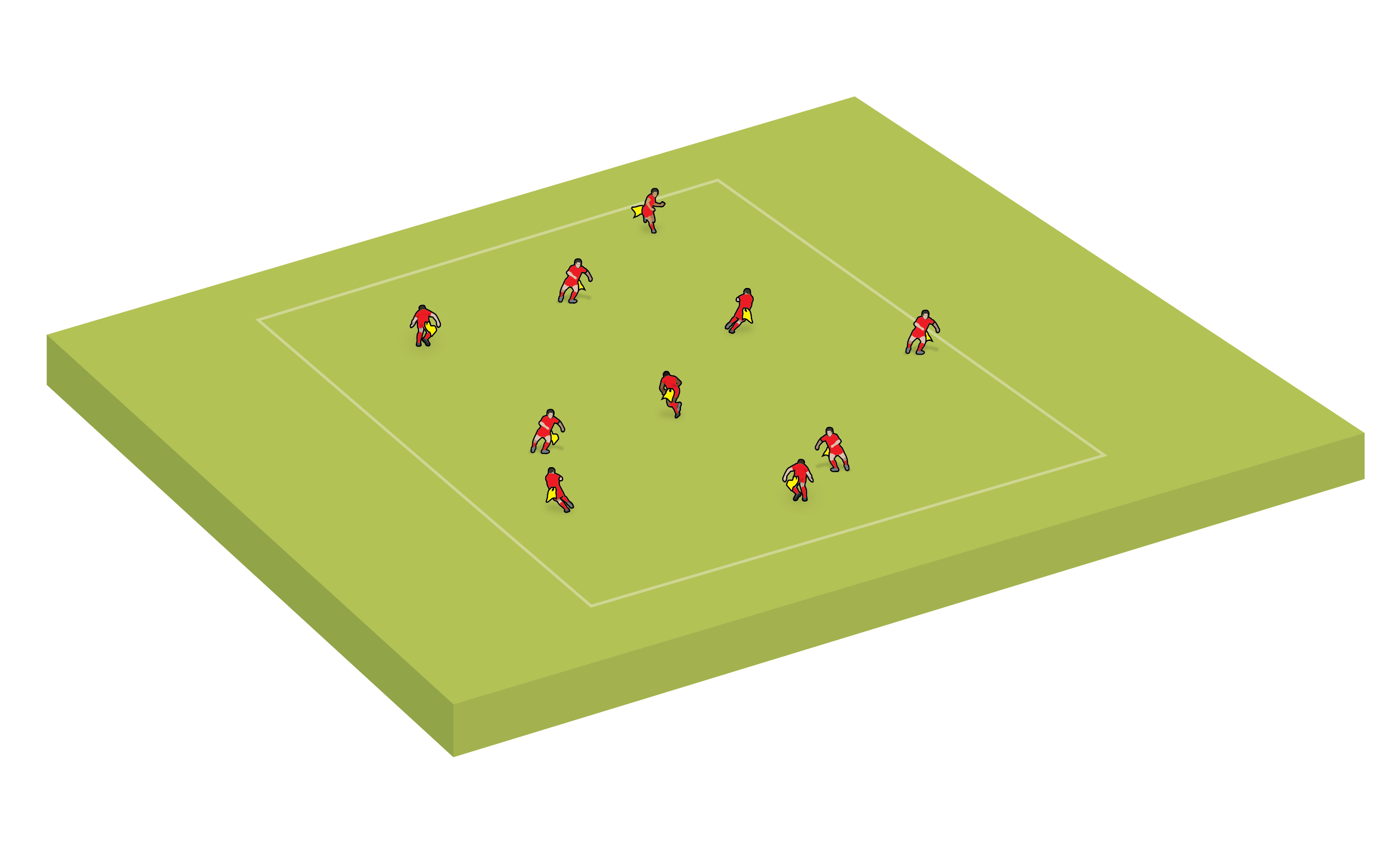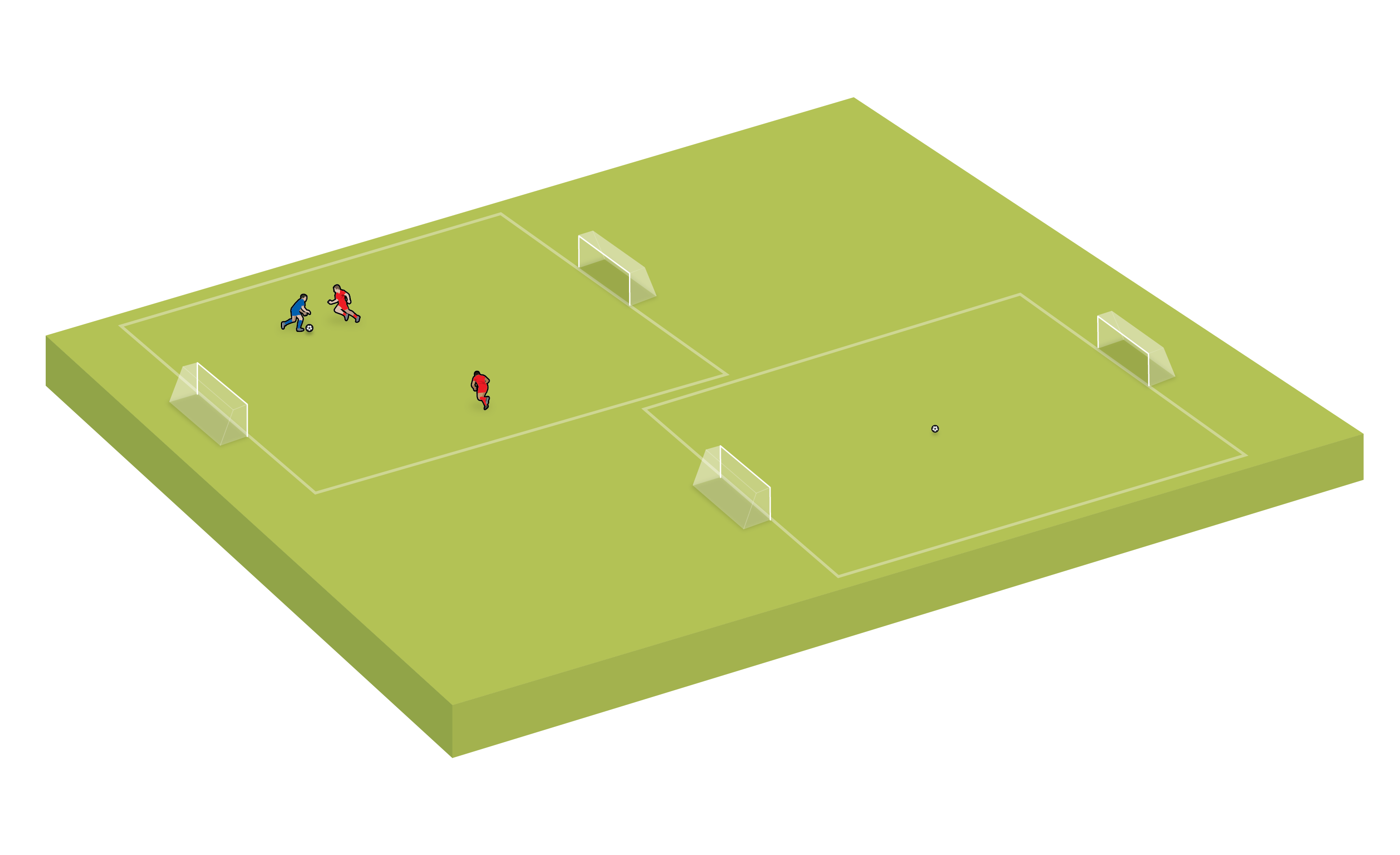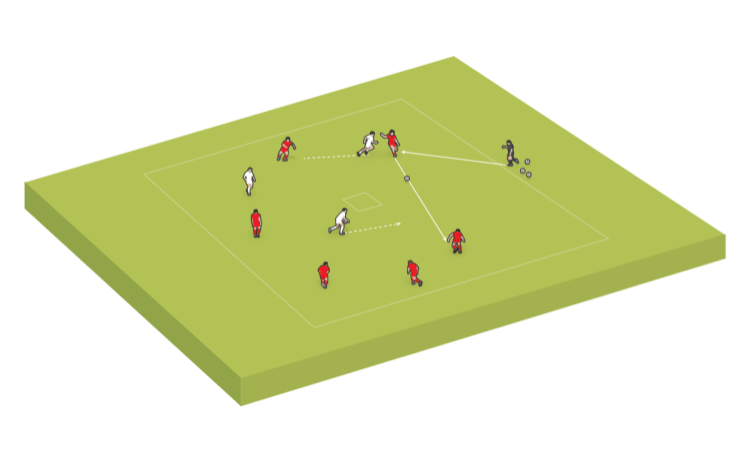Formation option for seven a side soccer teams
Formations are the blueprint for your football (soccer) team’s tactics.
Formations are the blueprint for your football (soccer) team’s tactics. Within those formations your players need to exploit their positions to be successful.
Here I look at the pros and cons of a 2-2-2 formation at 7-a-side and how it works.
This 2-2-2 formation is a balanced formation and easy for young players to understand.
It appears to be the obvious choice for a 7-a-side team with six outfield players, as it covers every option. But it is the formation you will come up against a lot in matches.
So another advantage of knowing how it works is you will know the best way to disrupt it. On the one hand, this formation lacks imagination, while on the other, it is an easy way to get young players to understand their positions.
Players are partnered in defence, midfield and attack, so it is relatively simple to explain their responsibilities.
The defence x 2
The defenders rely on a good relationship, covering at the back for each other. And, to me, this is where the formation falls down. Getting two young players, aged 8 or 9, to concentrate on covering each other is a hard task, and often leaves one defender alone against an attacker.
The midfield x 2
This is an ideal midfield, but players have to work hard. They need to help out defensively and in attack. This creates a strong attack because midfielders can play wide and cross from different angles. However, a commitment to attack leaves the danger of a counter attack, covered only by the defenders.
The attack x 2
With two attackers for the midfield to aim at, this is a strength of this formation. However, the hard-working midfielders will be sending a lot of balls down the middle of the pitch, so the attacking pair must decide who goes for the ball. A good understanding between the pair is essential.
Formation strengths
This is a very simple structure with a strong backbone. The formation means the team is well represented in the three key areas of the pitch.
Formation weaknesses
In defence, the covering midfielders will have to help out. If one defender goes missing, the formation breaks down. You need to coach defensive duties so players look to see where they need to cover. In my experience, the width of the pitch draws one or other of the defenders out of position and leaves a big hole at the back.
This can be especially true when a team has had an attacking corner and is caught out on the break. You must make sure the two defenders practise together to form an understanding about covering each other.
Newsletter Sign Up
Coaches Testimonials
Subscribe Today
Discover the simple way to become a more effective, more successful soccer coach
In a recent survey 89% of subscribers said Soccer Coach Weekly makes them more confident, 91% said Soccer Coach Weekly makes them a more effective coach and 93% said Soccer Coach Weekly makes them more inspired.
*includes 3 coaching manuals
Get Weekly Inspiration
All the latest techniques and approaches
Soccer Coach Weekly offers proven and easy to use soccer drills, coaching sessions, practice plans, small-sided games, warm-ups, training tips and advice.
We've been at the cutting edge of soccer coaching since we launched in 2007, creating resources for the grassroots youth coach, following best practice from around the world and insights from the professional game.


